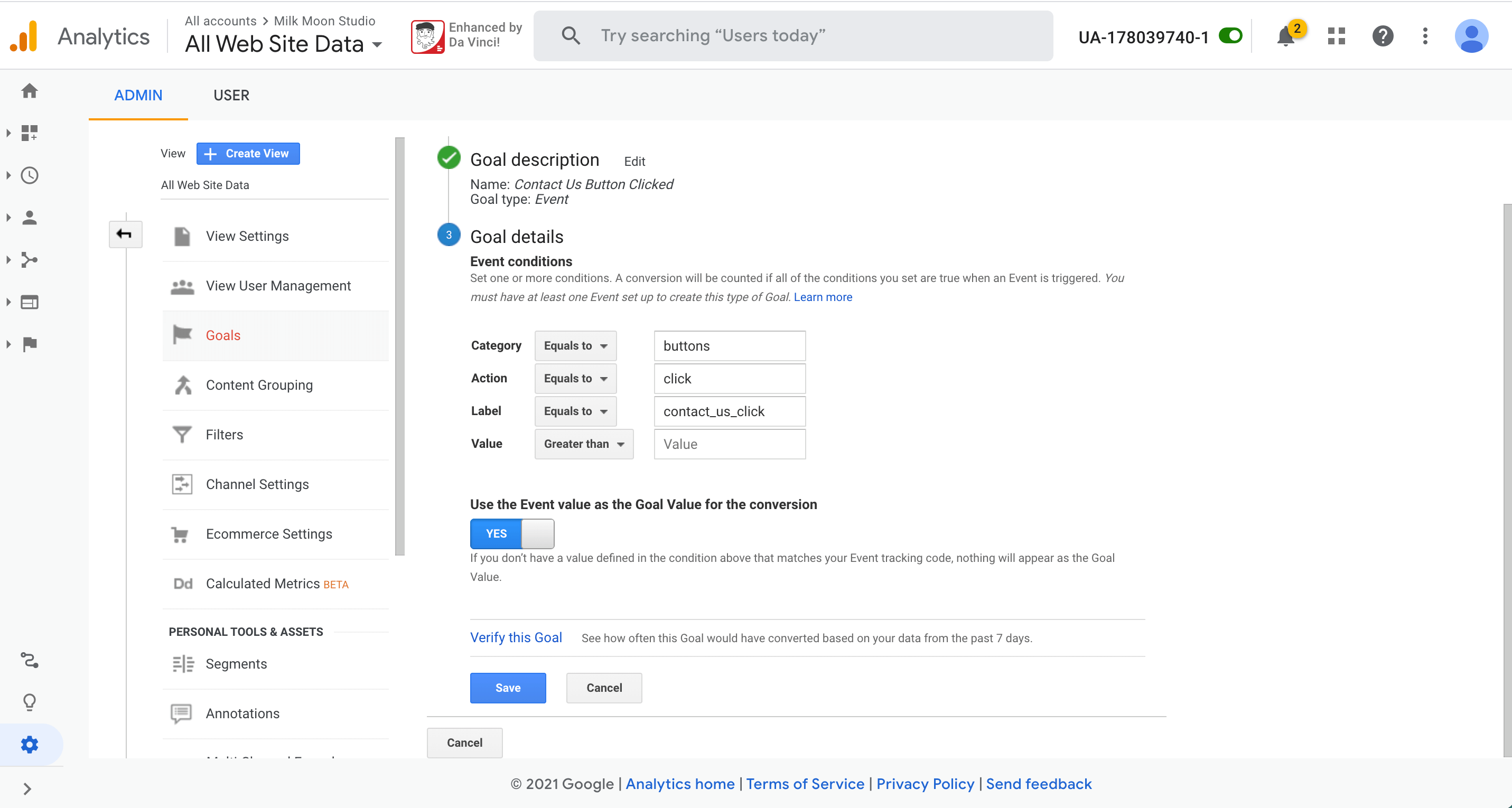Discover What Data Is Google Analytics Goals Unable to Track
Discover What Data Is Google Analytics Goals Unable to Track
Blog Article
Demystifying Google Analytics Limitations: Uncover What Data Goals Can not Track
In the realm of electronic analytics, Google Analytics stands as an effective device that supplies useful insights into website efficiency and customer habits. Amidst its capabilities, there exist limitations that often go undetected. Recognizing what Google Analytics can not track is essential for an extensive grasp of data interpretation and decision-making procedures. From the complexities of user interaction with vibrant material to the complexities of cross-device customer journeys, these constraints clarified areas that might stay covered from standard analytics viewpoints. By untangling these restrictions, a clearer photo arises, permitting more educated strategies and fine-tuned insights into customer interaction and conversions.

Customer Interaction With Dynamic Web Content
User communication with vibrant content plays a critical role in comprehending customer behavior on web sites and optimizing the general customer experience. Dynamic content describes components on a webpage that can alter without the demand for a complete page reload. This includes interactive aspects such as pop-ups, sliders, kinds, and video clips that reply to individual activities in real-time. By tracking customer interactions with dynamic material, web site proprietors can obtain useful insights right into customer engagement, preferences, and behaviors.
Google Analytics supplies numerous devices to track individual communications with dynamic material, such as event tracking and virtual pageviews. Event tracking enables you to check details customer actions, like clicking a button or watching a video clip, supplying data on how customers interact with dynamic components. Digital pageviews can be made use of to track interactions that do not lead to a new page load, giving a detailed view of user involvement with vibrant material. By examining this information, site owners can make enlightened choices to improve user experience and drive conversions.
Cross-Device Customer Journeys
How can modern-day analytics tools track the facility paths customers take across multiple tools in their online trips? Cross-device user journeys offer a considerable challenge for monitoring and analyzing individual behavior precisely. As customers communicate with web sites or apps using different tools such as tablet computers, desktop computers, and smartphones, it becomes essential to recognize exactly how they move in between these systems to maximize individual experience effectively.
Google Analytics deals with restrictions in tracking cross-device individual journeys because of personal privacy worries and technological restrictions - what data is google analytics goals unable to track. While it can supply understandings into individual devices' interactions, tracking a seamless user journey across multiple tools remains an obstacle. This limitation can cause insufficient data and fragmented user insights, making it difficult for companies to create a unified sight of the consumer journey
To address this issue, organizations can make use of innovative analytics devices that use cross-device monitoring capacities, allowing them to gain a more holistic understanding of user actions. By leveraging these tools, services can link the gap in tracking cross-device user journeys and optimize their digital approaches for a smooth individual experience.
Offline Conversions and Attribution
As companies browse the difficulties of tracking cross-device individual trips, an additional crucial aspect to take into consideration is the realm of offline conversions and attribution in the world of information analytics. While Google Analytics gives useful insights right into on the internet user actions, it fails when it concerns tracking conversions that take place offline. This constraint postures a significant challenge for organizations that have both online and offline sales networks.
Offline conversions, such as purchases made in physical stores or through telephone call facilities, are necessary to understanding the full client journey. Without the ability to connect these offline conversions to certain online interactions, organizations may struggle to precisely measure the effect of their electronic advertising and marketing initiatives.
To resolve this space, organizations can check out different remedies such as integrating CRM systems with on-line analytics devices or making use of unique promotion codes that can be mapped back to on-line campaigns. By bridging the void in between online and offline information, businesses can acquire a more thorough understanding of their clients' behavior and improve their general advertising approaches.
Individual User Identification
In the realm of data analytics, the capability to precisely recognize individual users across different on-line touchpoints is an essential visit this website difficulty for services looking for to individualize and maximize their marketing approaches. While Google Analytics supplies useful understandings right into individual habits and communications, it falls short in allowing the identification of specific people as a result of personal privacy worries and technological restrictions. Google Analytics utilizes distinct identifiers such as cookies to track user sessions and habits, yet these do not correspond to determining specific users in a personal feeling.

Data From Secure Pages
Despite the raising occurrence of protected pages on internet sites, getting information from these encrypted sources provides a distinct challenge for digital analytics platforms like Google Analytics. Protect pages, shown by HTTPS in the link, pop over to these guys encrypt information traded in between the user's internet browser and the web site's web server to guarantee personal privacy and safety and security. While this security is important for shielding sensitive details, it also presents constraints for tracking user habits and celebration analytics data.
Google Analytics deals with barriers in collecting in-depth details from secure pages as a result of the encryption procedures in position. As a result, specific information factors such as reference sources, keyword searches, and even some individual communications might not be totally captured when individuals access a web site via a secure connection. This restriction can affect the precision and efficiency of the information evaluation, leading to gaps in comprehending individual actions and choices on secure web pages.
To navigate this difficulty, digital analysts might require to explore alternative monitoring methods or leverage other tools specifically developed to gather insights from protected pages. By adapting strategies to accommodate these limitations, companies can still obtain important analytics despite the constraints presented by encrypted links.
Verdict
Finally, Google Analytics has constraints in check this site out tracking customer communication with dynamic material, cross-device user journeys, offline conversions, specific customer recognition, and data from protected pages. These restrictions hinder a detailed understanding of individual habits and may cause gaps in information evaluation. In spite of its valuable understandings, Google Analytics might not offer a complete image of individual interaction across numerous touchpoints. It is necessary for companies to be knowledgeable about these constraints and take into consideration supplementary devices for a much more all natural sight of their data.
Customer interaction with vibrant content plays a critical function in understanding individual actions on internet sites and maximizing the overall customer experience. By tracking user communications with vibrant material, internet site owners can get valuable insights right into customer engagement, choices, and actions.
Google Analytics uses special identifiers such as cookies to track customer sessions and behavior, however these do not equate to recognizing individual users in a personal feeling.
As a result, certain data factors such as reference sources, keyword searches, and even some individual communications might not be fully captured when individuals access a website through a safe link.In verdict, Google Analytics has limitations in tracking customer interaction with dynamic content, cross-device individual journeys, offline conversions, private customer recognition, and information from safe pages.
Report this page